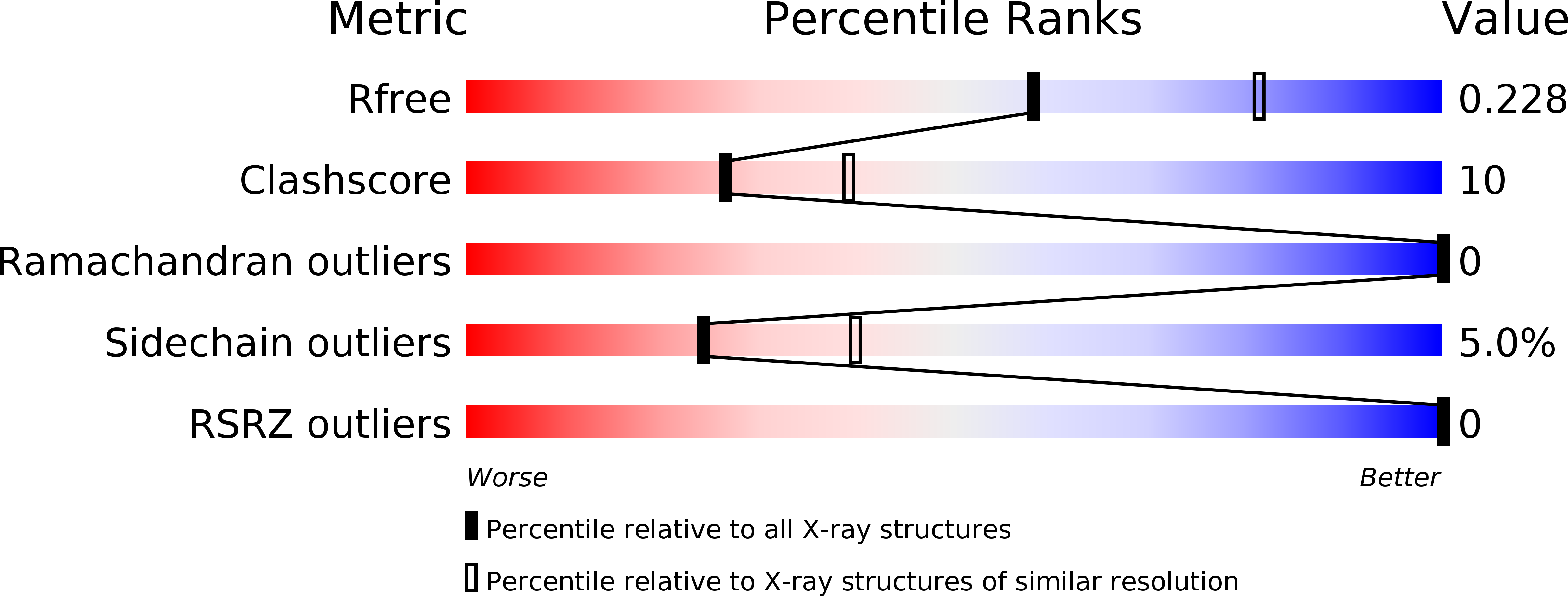
Deposition Date
2011-08-18
Release Date
2011-08-31
Last Version Date
2023-09-13
Entry Detail
PDB ID:
3TH6
Keywords:
Title:
Crystal structure of Triosephosphate isomerase from Rhipicephalus (Boophilus) microplus.
Biological Source:
Source Organism:
Rhipicephalus microplus (Taxon ID: 6941)
Host Organism:
Method Details:
Experimental Method:
Resolution:
2.40 Å
R-Value Free:
0.22
R-Value Work:
0.18
R-Value Observed:
0.22
Space Group:
P 65


